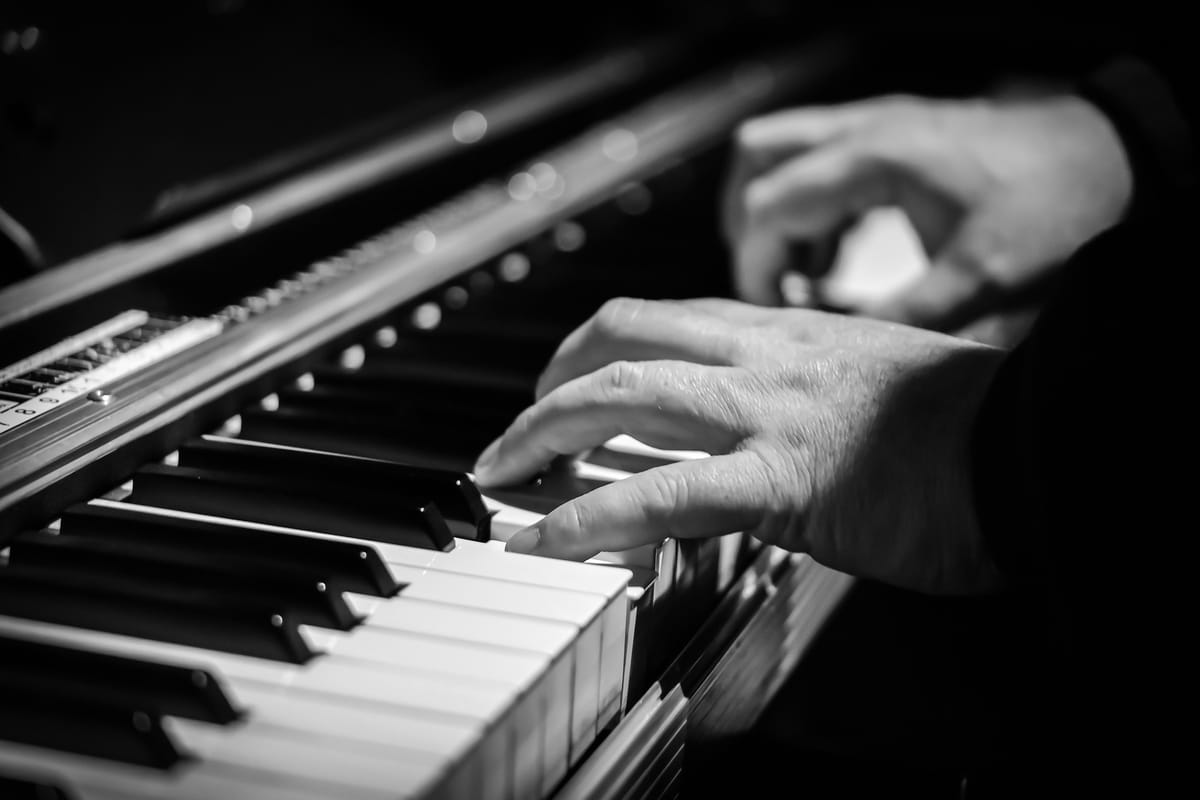MAKING CHORDS SING

Intermediate piano students are presented with many new opportunities and challenges as they progress into more sophisticated repertoire. The music they play evolves from single notes in each hand to counterpoint and chords. Learning to highlight individual notes in chords proves challenging for many of them, but understanding one element of the piano action can help them master this important task.
To create sound at the piano, the keys need to be depressed. But they don’t need to arrive all the way down at the key bed. Sound is produced when the key pierces the escapement level, the place where students have all noticed some resistance and a “click” as the key descends. The amount of sound produced by just barely passing through the escapement level is less than what one hears if the fingers are allowed to sink all the way down to the key bed. Learning to control these different dynamics is fundamental to producing a range of colour and expression at the piano.
When playing a chord, the answer to how to make one note louder than the others lies with the above observations. The note one wishes to voice, or highlight, needs to be produced by a finger that arrives at the key bed, while the other notes require a sound created at the escapement level.
The way to produce these two different sounds at the same time can be taught by having students turn their hands over so that their palms are facing the ceiling. Most often, the note we wish to voice is on the top of the chord, in the fifth finger of the right hand. Pointing only that finger to the ceiling causes it to stretch out straight so that it becomes one solid unit, like a pencil. Leaving the other fingers in their relaxed position will cause them to extend from the hand, away from the player. When students then turn their hands over, the fifth finger will be pointed straight down into the keys, ready to reach down to the key bed. The other fingers will be pointed toward the fall board and can be positioned so that they will only descend to the escapement level, allowing the melody note to be projected.
When the melody falls on an inner note of a chord the same process should be followed, pointing the finger one wishes to voice first to the ceiling, then into the key once the hand is put in position to play.
Learning to voice chords will allow students to create melodic and harmonic sounds simultaneously and will also help them to listen more attentively to their playing and to engage more critically with the sounds that are actually coming out of the piano. Leading them to this increased capacity for discriminating listening and colourful playing is a goal well worth pursuing.





